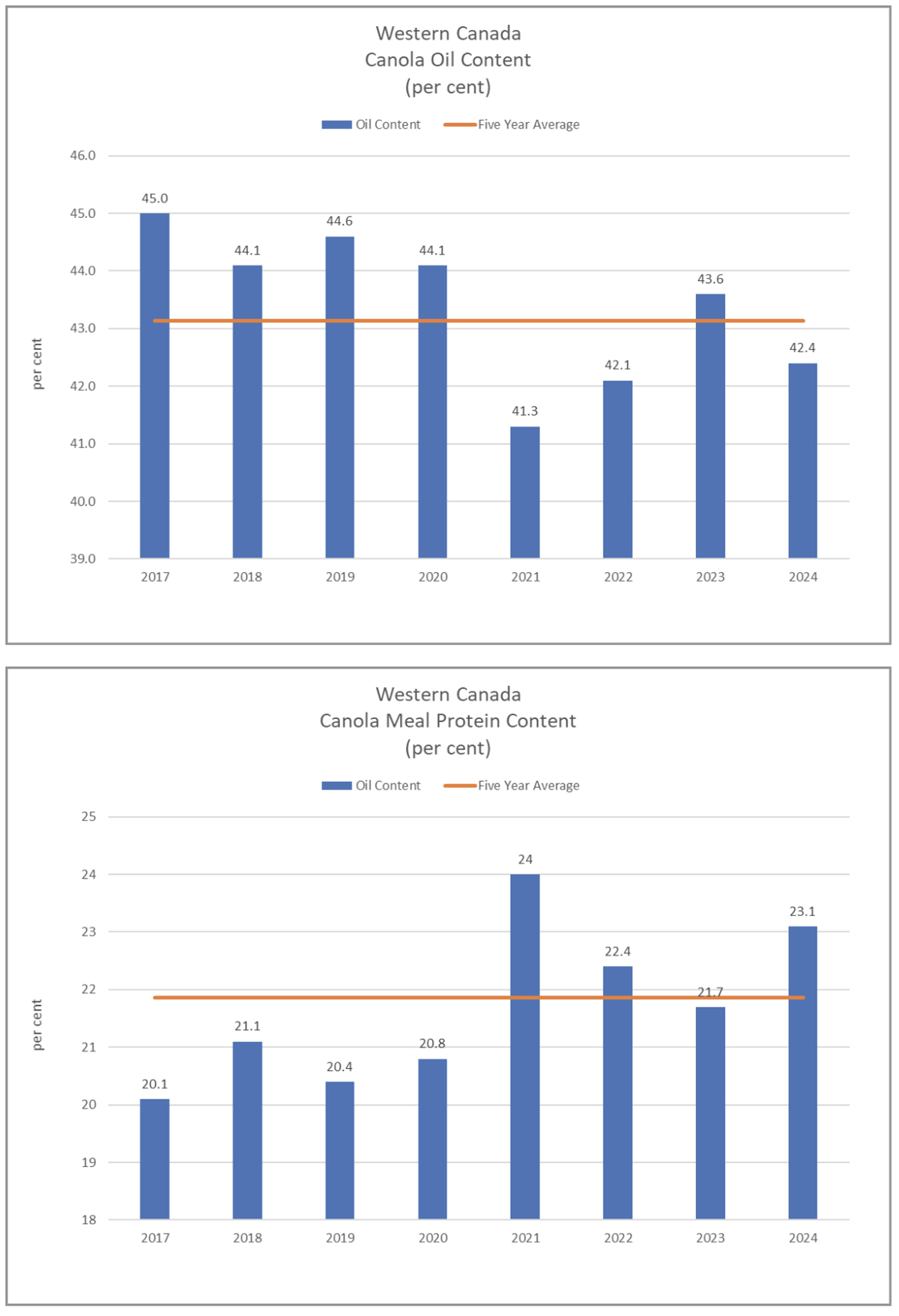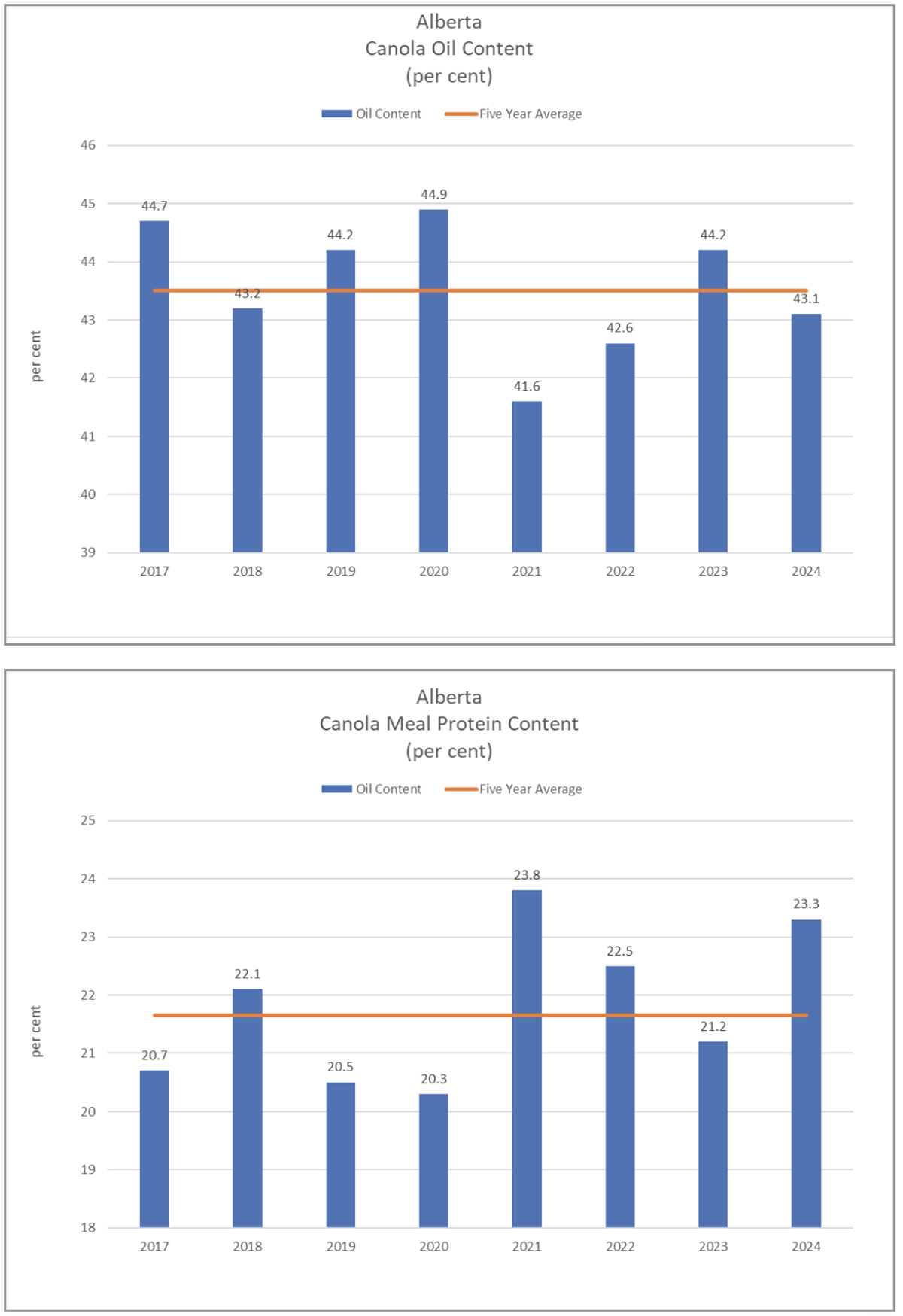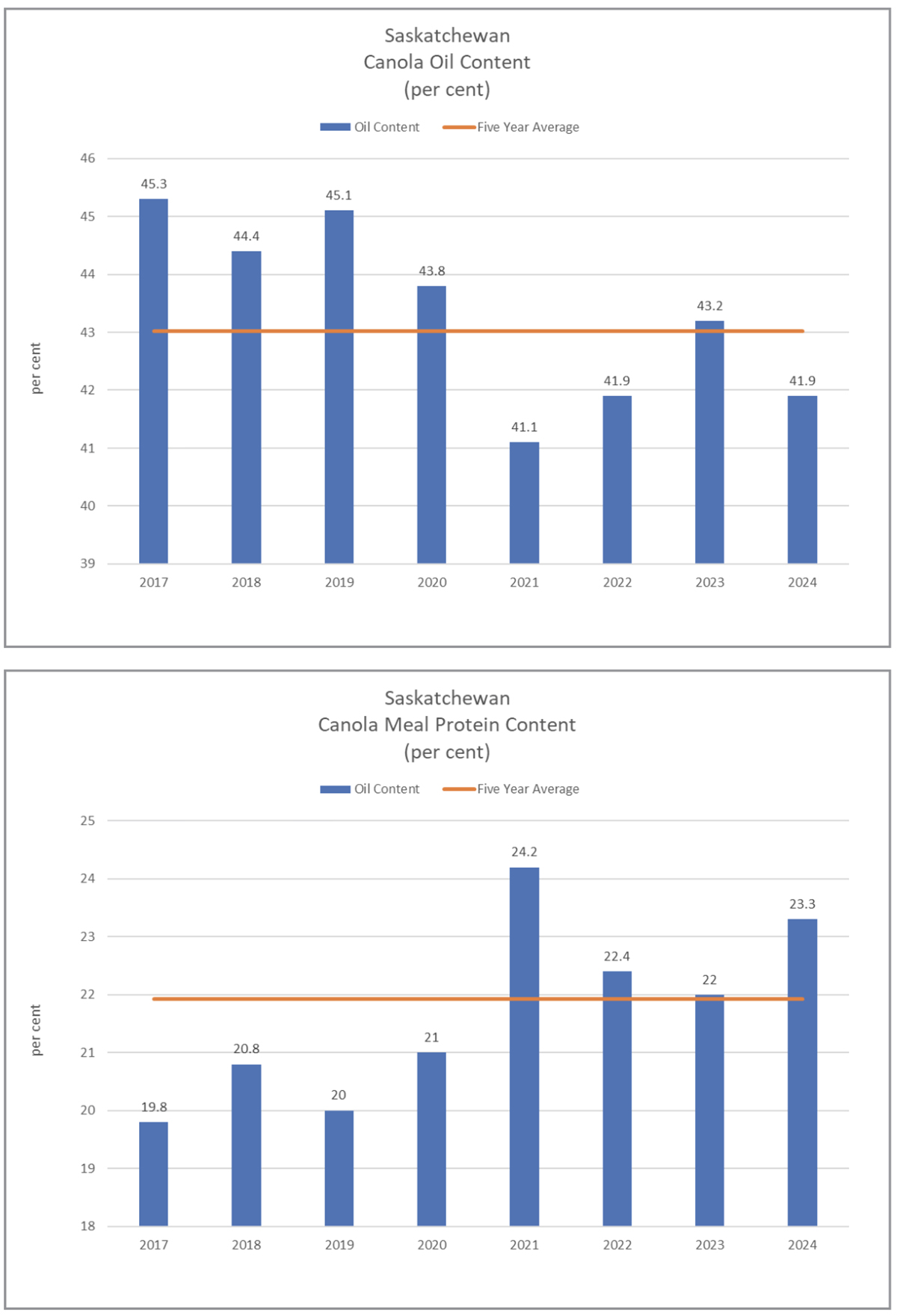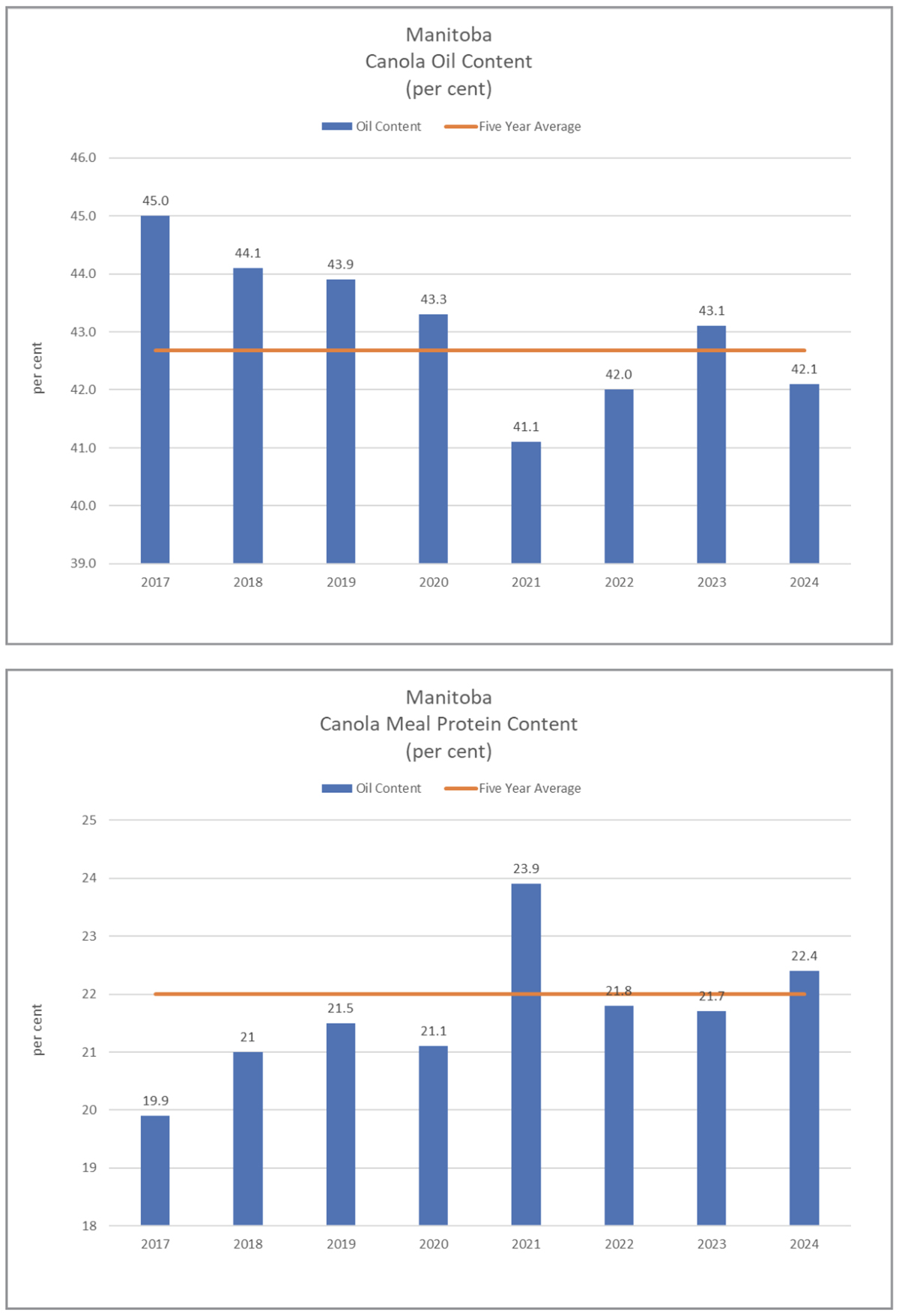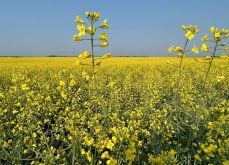The 2024 canola growing season was a tale of two distinct seasons.
The April through June period resulted in a dramatic improvement in growing conditions from the past few years. The July through August period was very stressful and caused yield potential in canola to drop dramatically. The rain during the first half of the season was not enough to sustain the crop yield potential through the hot days during August.
Other stories in the Canola Yearbook 2024:
- A new era for crop genetics
- Shrinking production estimate supports canola bids
- Canola goals must be reassessed to match market reality
- Canola remains a Prairie economic powerhouse
- Bill C-234 ping pongs between Senate and House
- Canola News Briefs
- Verticillium, blackleg and gophers
- Sustainability incentive for canola growers
- What made canola so strong?
- Science news briefs
- Tiny allies may help withstand drought
- Canola and climate change in Western Canada
- Production news briefs
- The future of gene editing in canola
- Canola views – photo essay
Winter precipitation improved from the previous season, especially in the extremely dry regions of the southwestern and west-central Prairies. These areas received above normal snowfall during the winter, which provided a good start for the 2024 growing season.
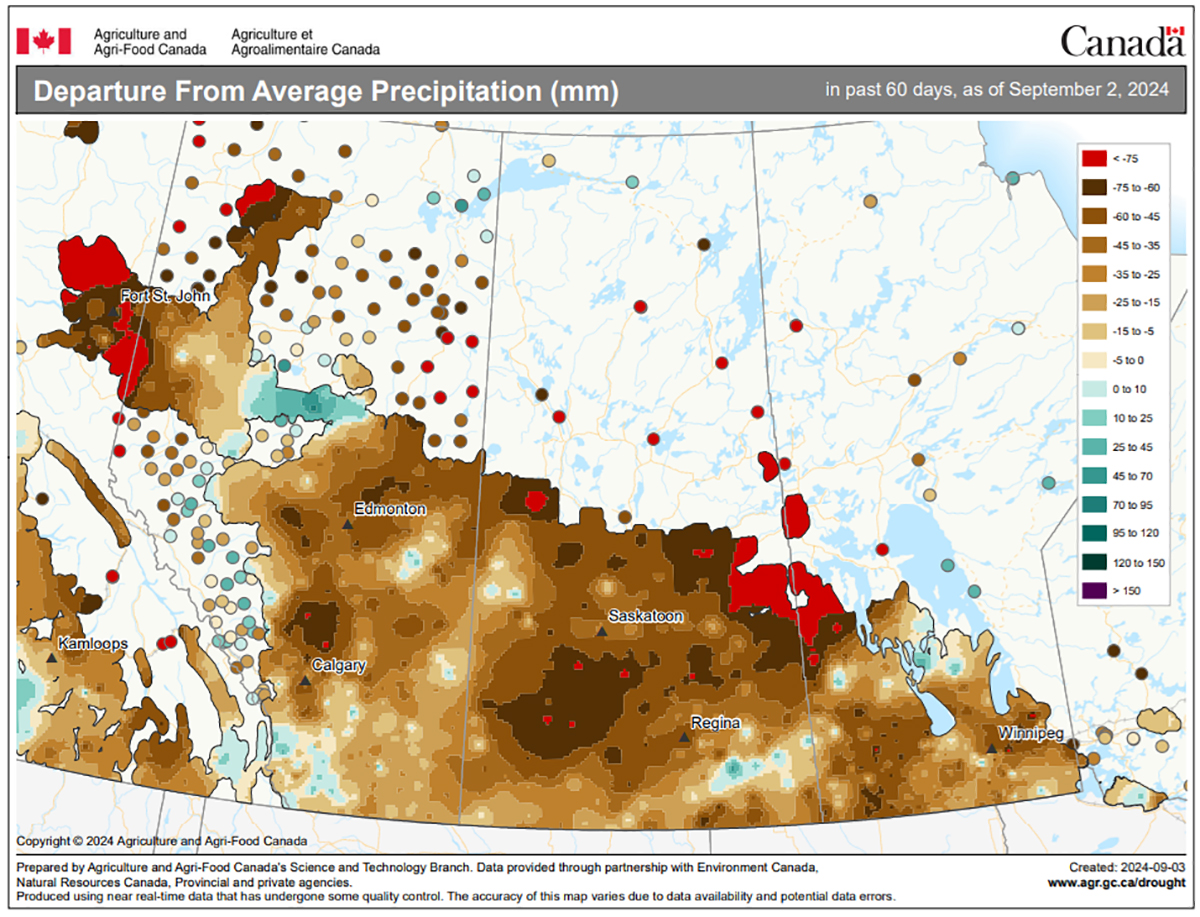
Northern and eastern areas of the Prairies were mostly dry during the winter with southern Manitoba, northern Alberta and the Peace River region of Alberta and British Columbia experiencing the driest conditions. These areas received less than 20 per cent of normal precipitation during the winter.
Read Also

Huge Black Sea flax crop to provide stiff competition
Russia and Kazakhstan harvested huge flax crops and will be providing stiff competition in China and the EU.
The northern and eastern areas of the Prairies outside these areas received less than 40 per cent of normal. The subsoil moisture conditions after the 2023 growing season were extremely dry with the only area with adequate moisture located northwest of Edmonton and the southern areas of the Alberta Peace River region.
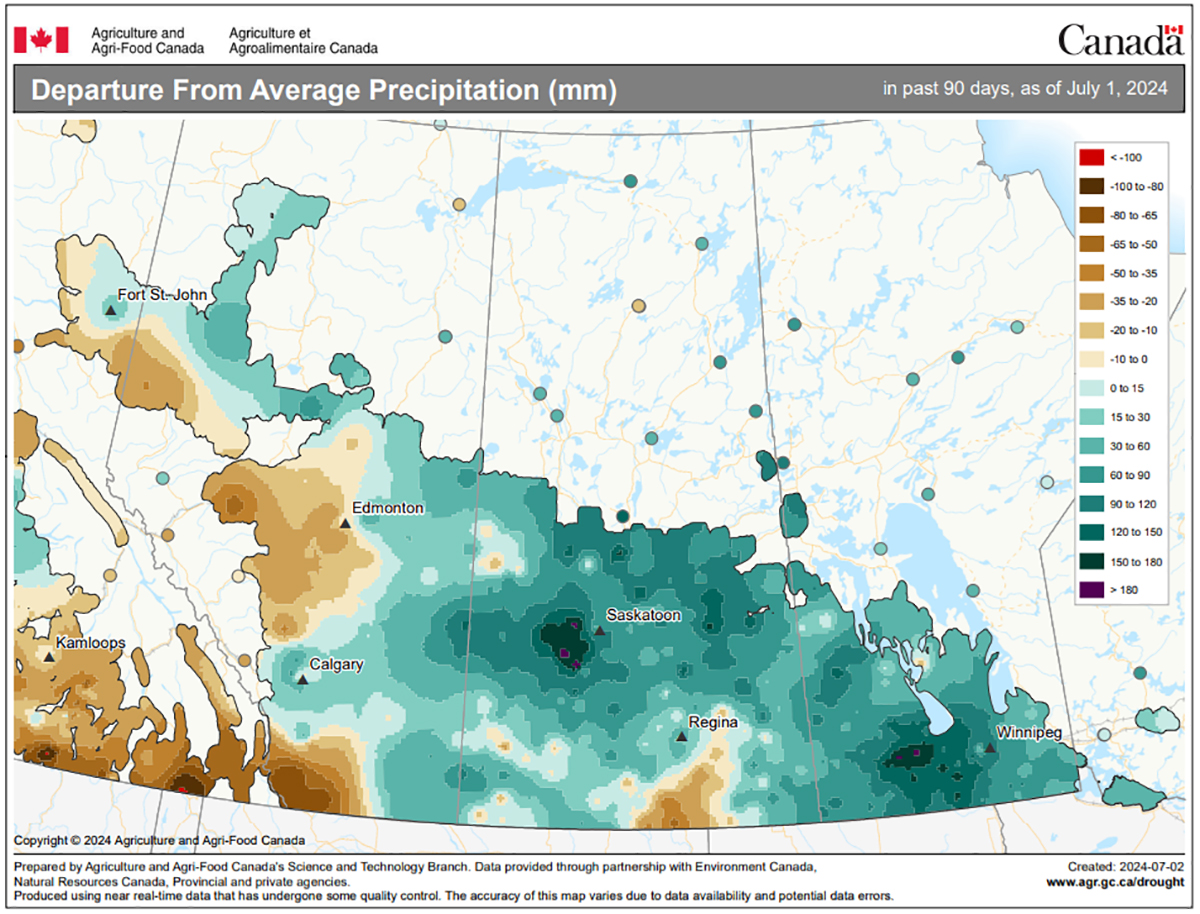
Spring weather was warm in the last half of April and early May, which got crop planting off to a decent start. Rain during April and early May did slow the pace of planting with less than 20 per cent of the canola in the ground in Saskatchewan and Alberta by the middle of the month. Monthly average temperatures in April were 2 to 3 C below normal, while May temperatures were mostly 0 to 2 C below normal.
The rain in May was well above normal with most of western Saskatchewan and southern Alberta reporting more than 200 per cent of normal precipitation. Western Manitoba and northeastern Saskatchewan received 150 to more than 200 per cent of normal precipitation. Despite the rainfall during the month, canola planting advanced to completion by the end of the first week of June.
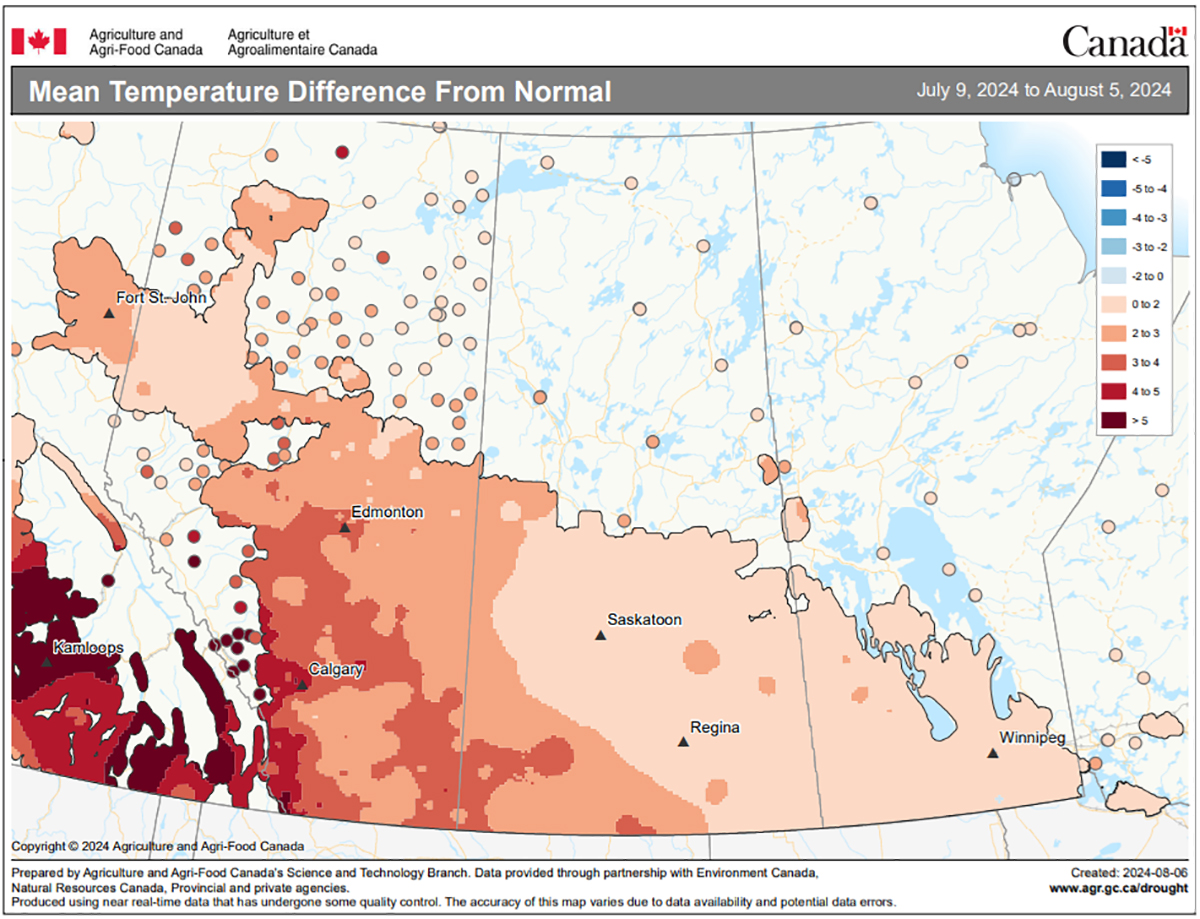
The cooler weather prevailed through June with temperatures across the Prairies ranging from 0C to 3 C below normal during the month. The cool temperatures persisted into the middle of July with temperatures hovering just below the long-term average.
The heat turned on in the second half of July, and the stressful conditions persisted through August. Days above the 30 C mark totalled more than 27 days in southeastern Alberta and southwestern and south-central Saskatchewan.
The main canola growing areas in northern regions reported fewer days above 30 with numbers ranging from six to 15 days. Most of the days through the growing season above 30 C were recorded in the last half of July and August. This corresponded with most of the reproductive growth stage (blooming and filling) of canola crops.
The heat during August caused significant heat blast in canola crops, especially in the northern and central growing regions. This reduced the number of pods and decreased the size of the seed inside of the pods. The heat also pushed canola development to maturity with canola harvesting beginning in the last week of August.
Canola harvest began early in the dry regions of the southern Alberta and southwestern Saskatchewan with most farmers starting in mid-August. The Saskatchewan harvest was eight per cent complete by the end of August, while Alberta was less than five per cent complete. The Manitoba harvest was only three per cent complete by the end of August.
Dry weather in September allowed the harvest to advance rapidly during the month with Saskatchewan progress at 82 per cent complete. Alberta was 71 per cent complete at the end of the month and Manitoba ended the month at 78 per cent. The canola harvest wrapped up by Thanksgiving in most areas of the Prairies.
Statistics Canada expects canola crop production to drop by 211,171 tonnes to 18.98 million tonnes this year. Canola yields are forecast to be similar to last year at 2.15 tonnes per hectare. These estimates are based on satellite crop models and are expected to drop when the final yield estimates are released in December.
